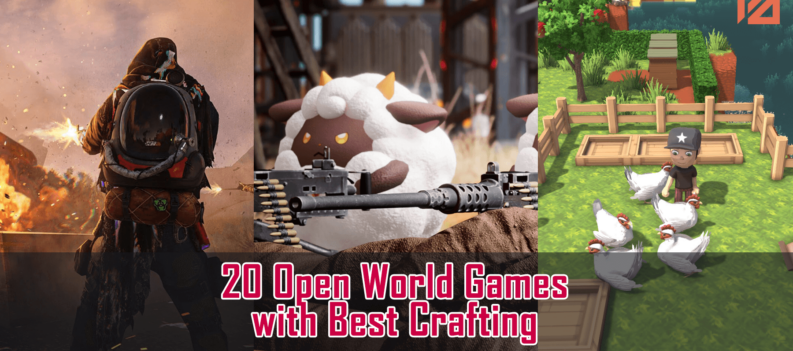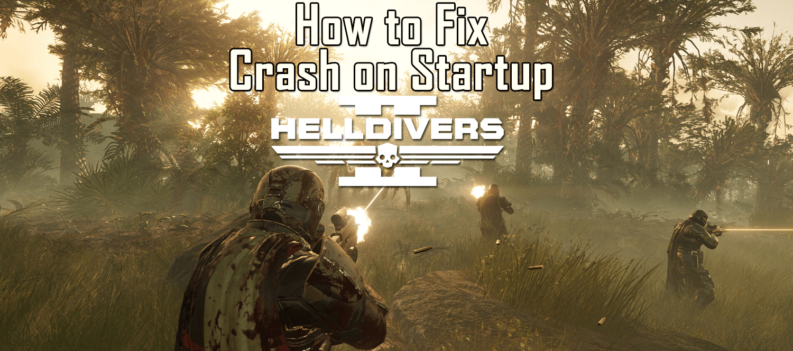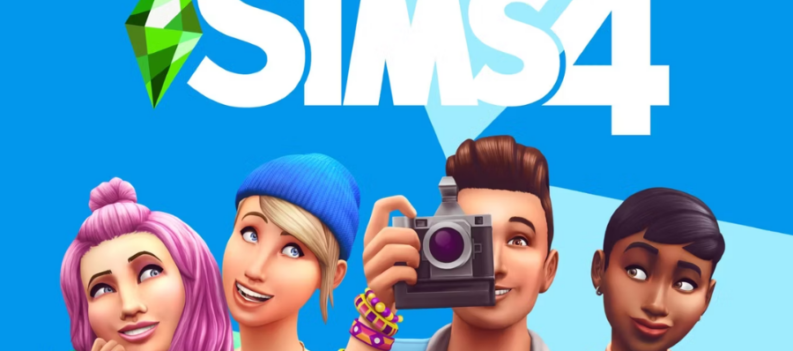I’ve never played a Wasteland game, but, when I heard Wasteland 3 on the way, I wanted to dive into the series and understand what gives it such devoted fans, especially since it’s on PS Now. After many hours trekking through a harsh and unforgiving post-apocaplypse, the hype is real, and I am really excited to play Wasteland 3.
If I were to point to the place that Wasteland 2: Director’s Cut shines as brightly as a detonated nuke, it would be the story, although stories would be more accurate. You are a newly founded Ranger team, the closest thing to a lawman most of these people have ever seen in their lifetimes. The end of the world has come and gone a while back, and most people are trying to eke out an existence. There are regular settlements, nasty bandits, liars, thieves, weirdos, cults, robots, and screaming goats.
In the beginning, you start with a team of four Rangers, but you will find more to join your cause. You can build each one of them individually, or you can play a prebuilt team. When you level up, there are skill points, ability points, and perks to increase your current skills or to choose a new one and generally improve your character. These range from higher proficiency in a certain weapon class, the ability to fix the mysterious toasters you’ll find as you play, giving your character an extra point in strength, or the chance to take a free shot with a pistol. Despite skills like field medic being more useful, there are no bad skills, because everything will come in handy eventually. Specialization will get you farther, but the game doesn’t stop you from building any character you want.
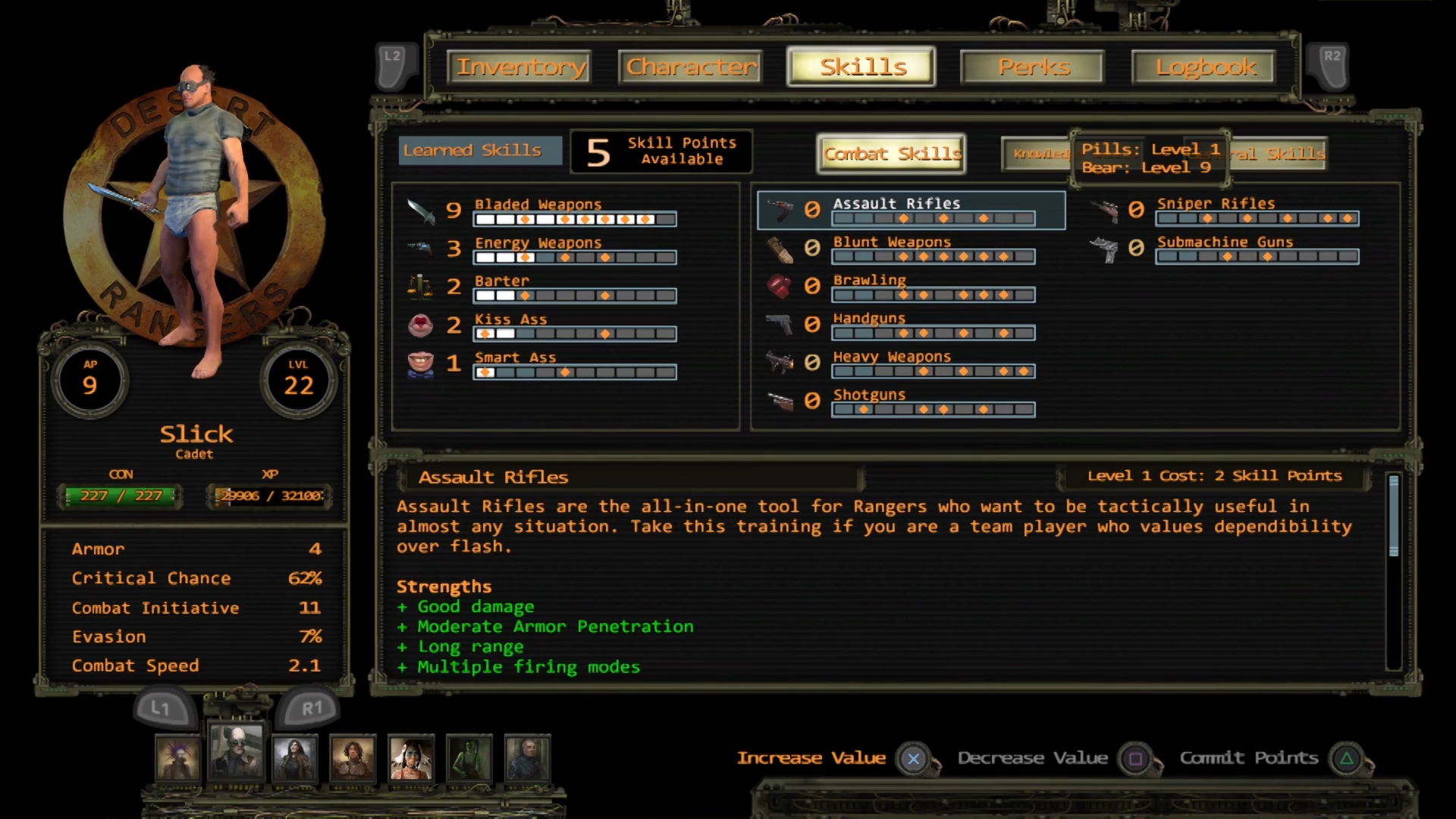
There is an overarching story that ties all this together that will lead you from A to B, but it’s the journey over the destination. It’s amazing how many different and odd groups have formed, and you can interact with all of them to help solve problems and create new ones. The game doesn’t always present you with a clear good and bad choice. Sometimes, it’s all good or all bad, and there are usually more than two ways to get something done. That doesn’t guarantee a happy ending.
That world is open for you to explore from the beginning. You’ll start to reveal hidden caches, shrines, towns, and places to explore as you move across the map, and there will be places you can’t survive until you gain a few levels and have better equipment. There is more than one of these giant map areas, and your team will have to hunt for all of its secrets.
You’ll notice how much freedom you’re given as you try to resolve a problem, and it doesn’t have to be through combat. You can talk to opposing sides using honesty, lies, or intimidation, to try to find a peaceful resolution. Sometimes, they need you to get something they can’t get for themselves. None of this is passive for you. You’ll have to choose to walk away or choose to intervene, and what you choose shapes the world around you.
There’s a town in the game that has two factions who used to cooperate but have had a disagreement leading to deaths and dismemberment. I tried to work with both sides to get them to come together in peace, and, even though I wasn’t perfect, I thought I had succeeded by arranging a meeting to discuss peace. I failed spectacularly, and one side slaughtered the other and laughed about it.
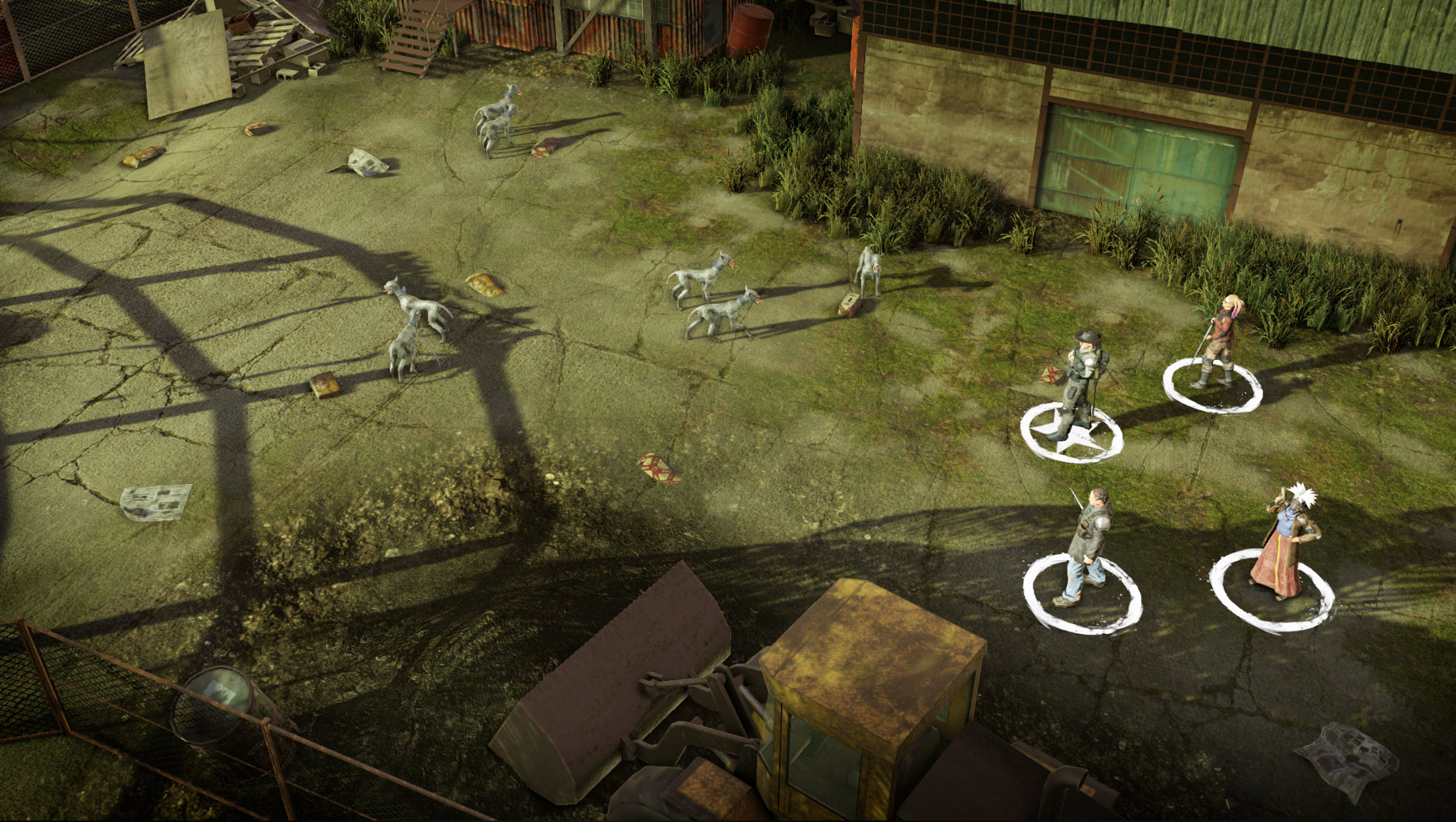
For some reason, this pissed me off a lot. I could have left town and went on with my armful of quests, but I went back to the winning group’s HQ, and I killed them all. Every single one of those jerks received a fatal dose of my brand of justice, and I could have chosen to support them initially, support the other side, make peace, or ignored them completely. The world is full of little stories like this this that you can influence for good or bad with some long-lasting consequences.
Combat is the only choice after diplomacy fails. It’s turn-based with stat-driven determinations on the order, although you can see that order along the top of the screen. Each character has a set AP to use in a turn with a little that can carry over to the next turn. Weapons use different AP, and movement will deplete it too.
Weapons come in different types from blades to energy weapons. Ammo is scarce, so you may want to be good at two types. It is still very tactical, and you can position your team before a fight and take the first shot.
One of the toughest enemies in the game is the camera. It’s not always terrible, but you’ll be fighting with it. At times, it wouldn’t reposition and allow an obstacle to block my entire screen. Some moves would jump the camera away from my characters, and I would need to find them. It’s also easy to walk into an ambush, because of the angle of the camera. You can and will need to adjust it manually.
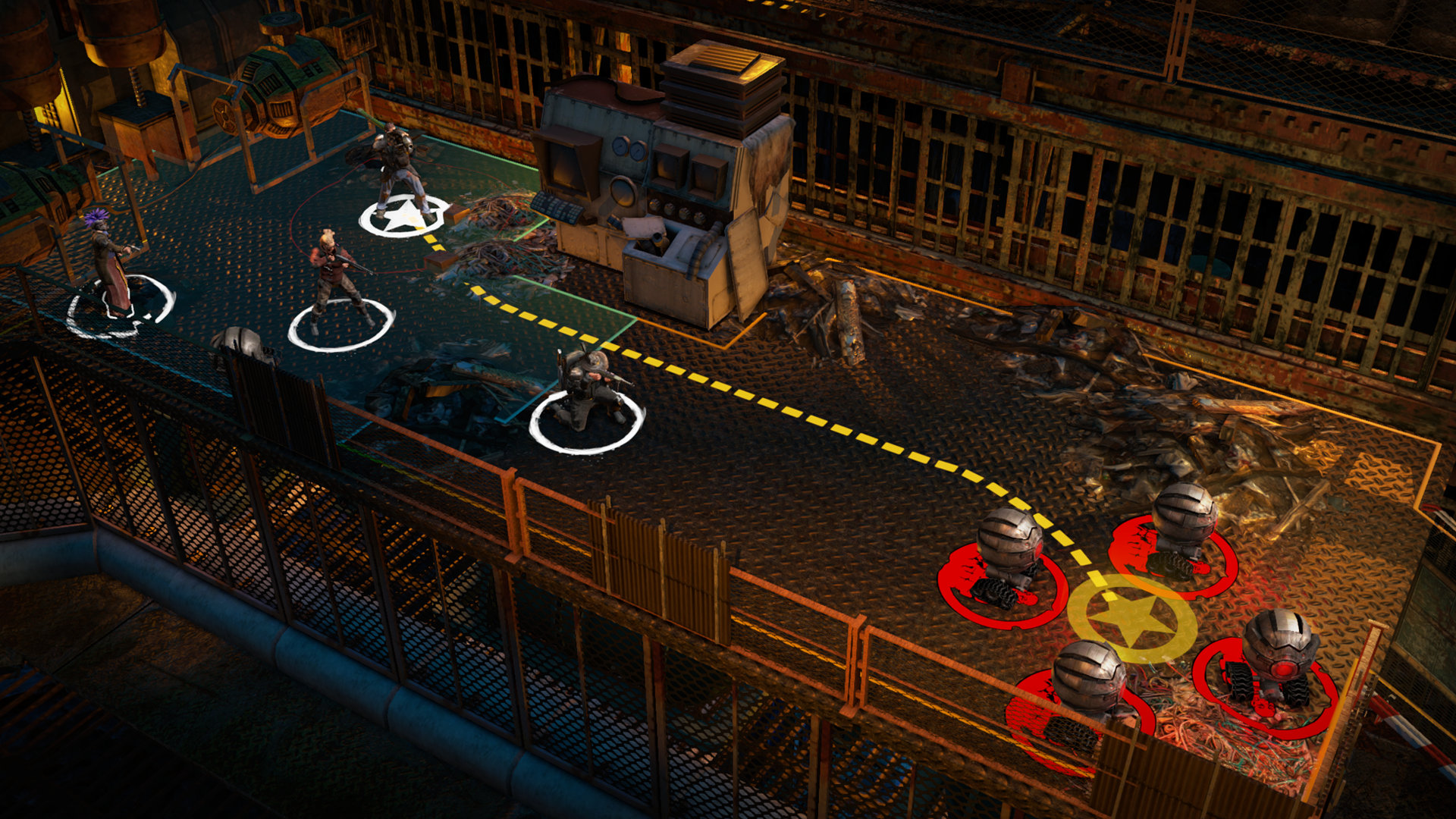
There are a couple of other places the game struggles. The visuals are fine, but I experienced many frame-rate issues and general problems even on a PS4 Pro. Deeper into the game, I experienced many crashes, so I’d recommend you save often.
Even with those issues, Wasteland 2: Director’s Cut makes good on the promise of player choice and freedom. Every action taken and every character choice further reinforced that the wastelands were mine to tame in whatever method I deemed best. With a huge focus on story and consequences, this is one of the most open games I’ve ever played, and I still left some quests in this massive game. It was my first time in the wasteland, but it won’t be my last.
Wasteland 2: Director's Cut PS4 Review
-
Overall - Very Good - 7.5/107.5/10
Summary
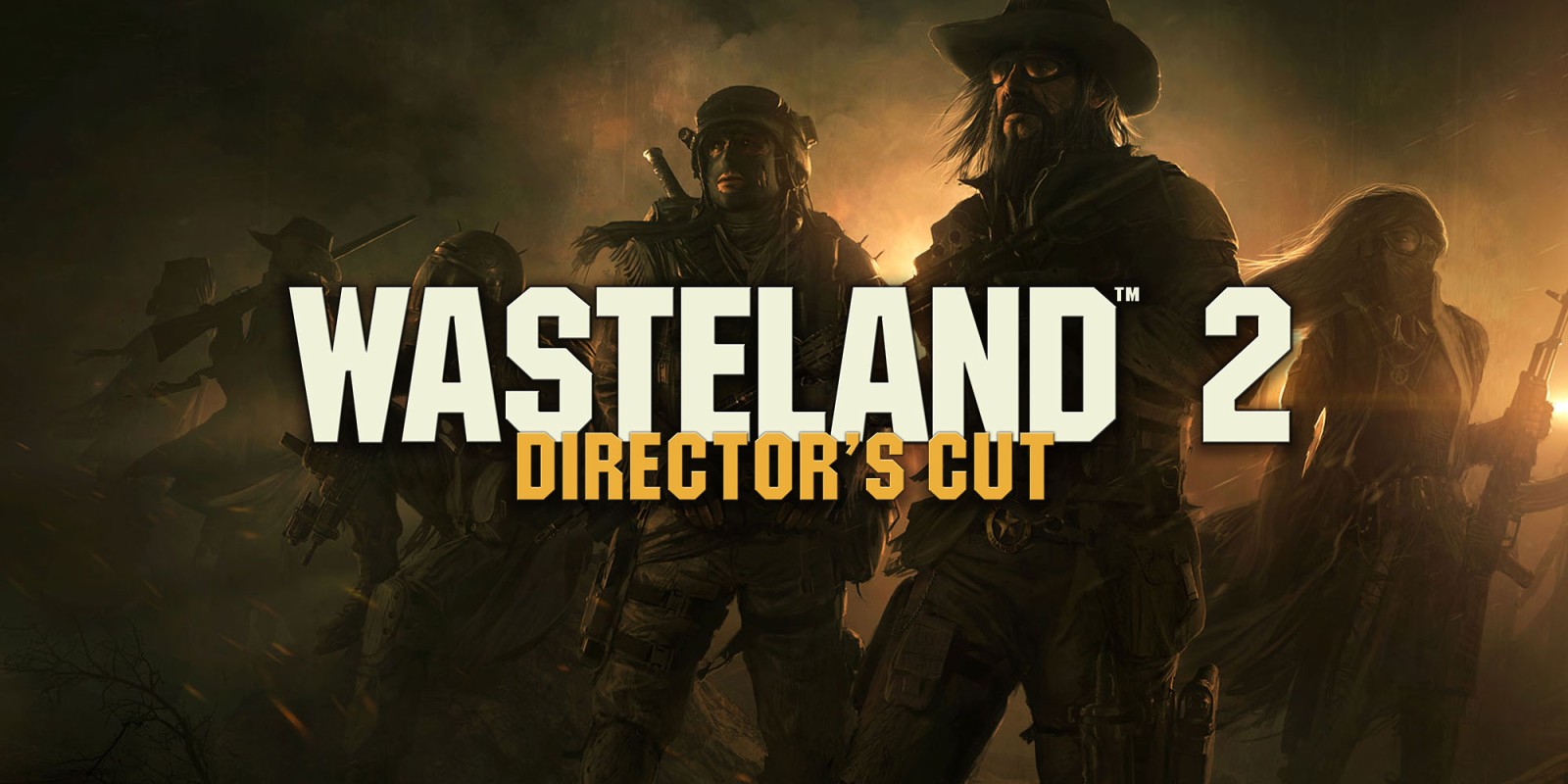
Wasteland 2: Director’s Cut is a great game with some technical problems. If you can overlook game crashes, frame rate issues and dated visuals, the world is open for you to explore with tons of options for you to shape it in whatever way seems best. It delivers on player choice with fantastic writing and few other games even attempt a project this ambitious.
Review Disclaimer: This review was carried out using a copy of the game bought at the expense of the reviewer. For more information, please read our Review Policy.
Reviewed using PS4 Pro.



